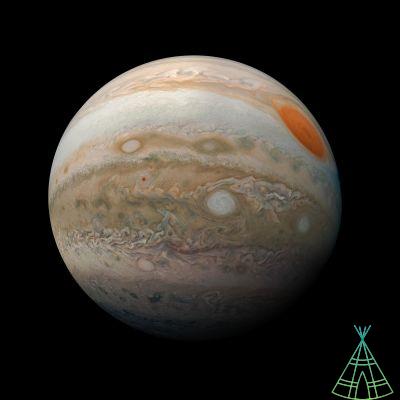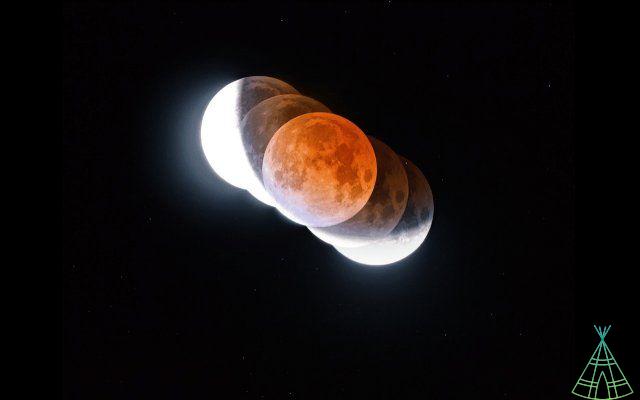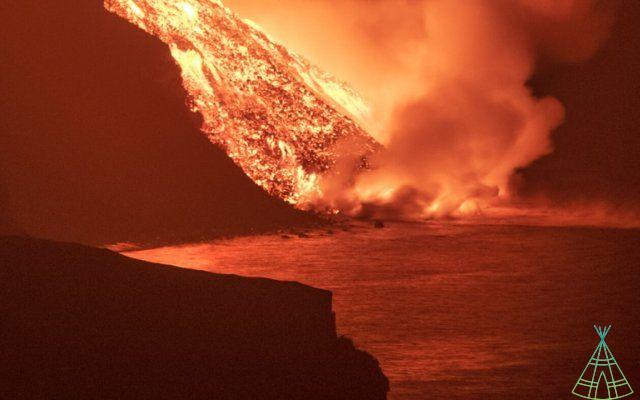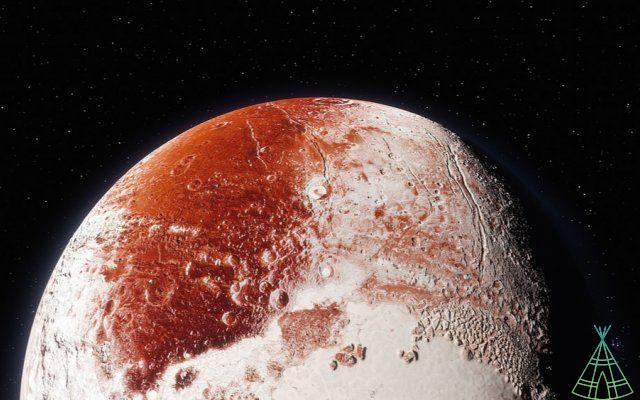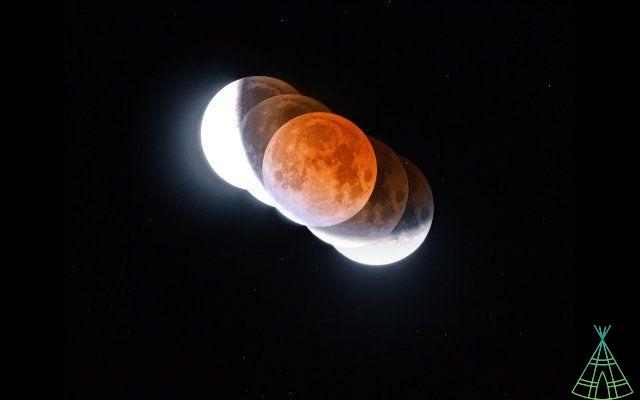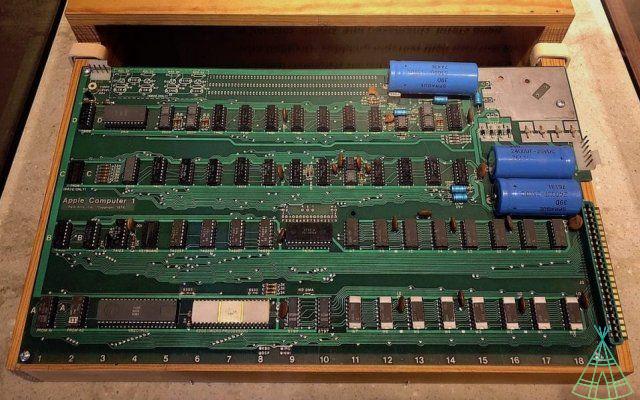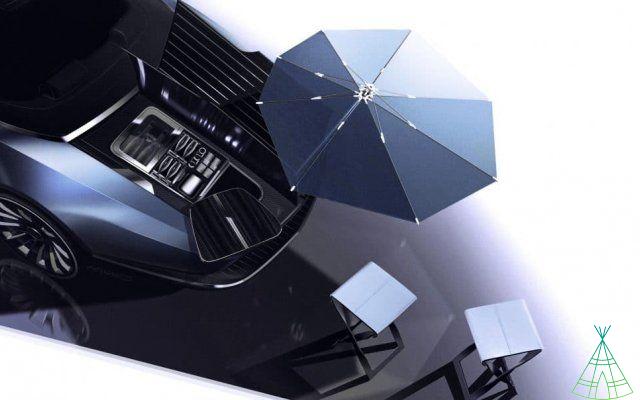On Saturday night (3), Neptune begins a process by which its westward motion across the night sky is interrupted, and the star resumes its normal eastward path, completing its retrograde “loop” – so called because, during the course of traversed, the planet appears to form a loop in the sky.
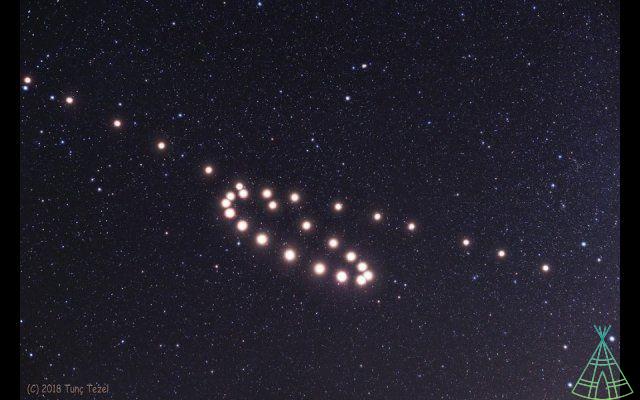
This reversal of direction is a phenomenon that all planets in the Solar System undergo periodically. According to the website In-The-Sky.org, in the case of those whose orbits are more external than the Earth's (Mars, Jupiter, Saturn, Uranus and Neptune), this happens a few months after passing through opposition, which is when they they are on the opposite side of the Sun from our planet (which lies between the two celestial bodies).
Also according to the guidance guide for the night sky, the readjustment of Saturn's direction, which started its retrograde movement on June 28, will start at 20:48 pm (Brasília time).
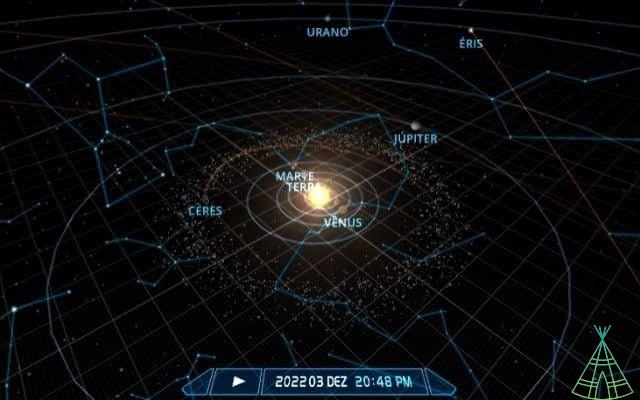
The columnist of Technology Refugee Marcelo Zurita, president of the Associação Paraibana de Astronomia (APA), member of the Spanish Astronomical Society (SAB) and technical director of the Spanish Meteor Observation Network (BRAMON), explains that the retrograde movement of the planets is only illusory and is caused by the course of the Earth around the Sun. As it circles the star, our perspective changes, and this causes the apparent positions of celestial objects to shift from one side of the sky to the other, which overrides the planet's long-term eastward motion through the constellations.
Read more:
- Neptune's rings shown in amazing image taken by James Webb
- A Small Shift on Neptune Could Doom Our Solar System
- Scientists reproduce "super ionic ice" that may exist on Uranus and Neptune
“Because it is in a more internal and, consequently, faster orbit, the Earth passes Neptune approximately every 12 months. And when that happens, Neptune appears to be walking backwards across the sky for a few days. This occurs on all planets orbiting the outermost Earth,” he described. The farther from the Sun, the more time the planet spends in retrograde motion.
The animation below illustrates this, the arrow showing the line of sight from Earth to a planet, and the diagram on the right showing the object's apparent motion across the sky from our perspective.
Have watched the new videos on YouTube from Technology Refugee? Subscribe to the channel!











